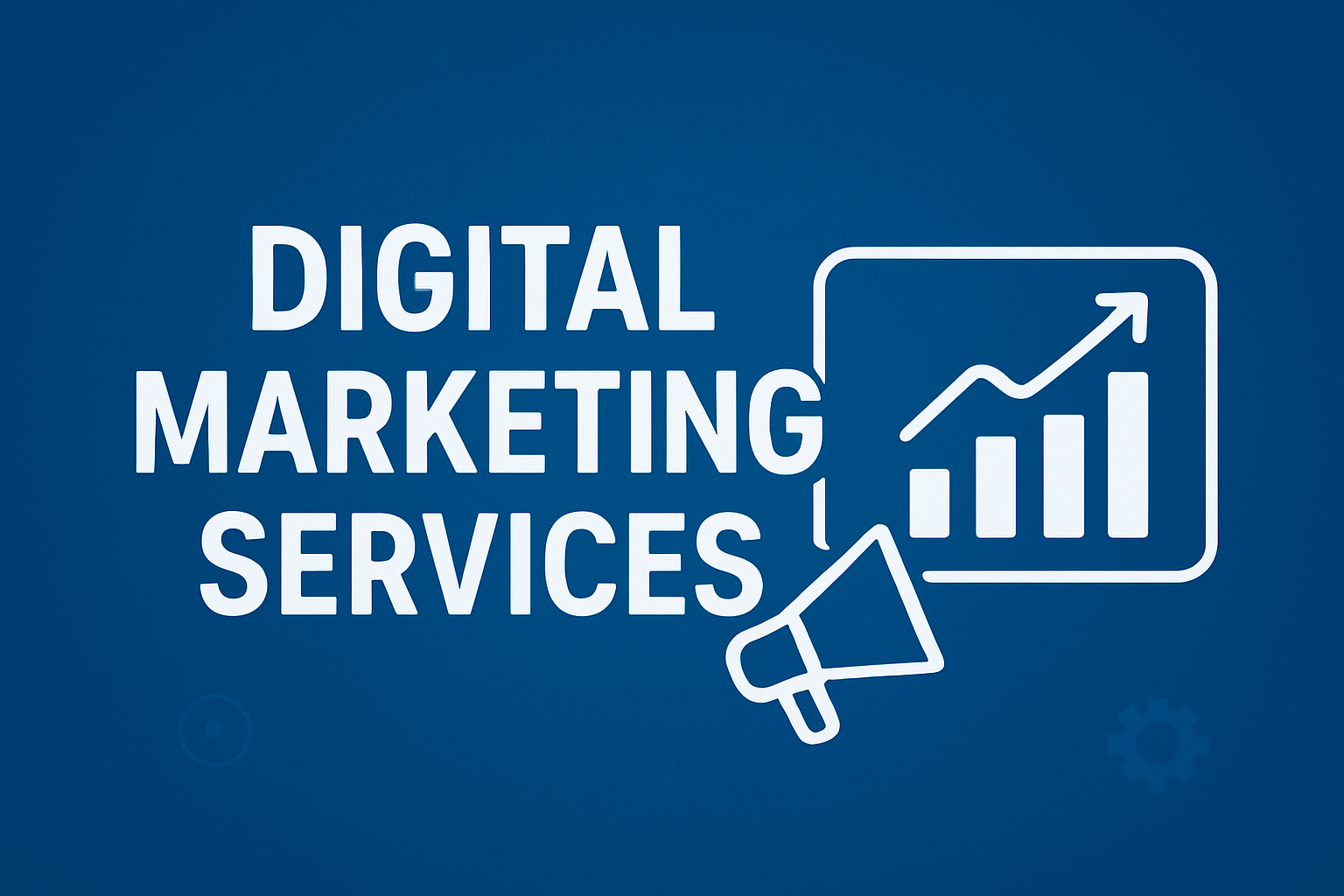Why Voice-to-Text Matters More Than Ever in Call Centers?

In today’s customer-first era, communication is the lifeline of every business. Call centers, being at the heart of customer interaction, are under constant pressure to deliver fast, accurate, and personalized support. This is exactly where Voice to Text technology steps in as a game-changer. From reducing manual effort to ensuring better quality assurance, businesses are increasingly realizing how vital this tool has become in streamlining call center operations.
Gone are the days when customer service agents had to listen to lengthy calls repeatedly to extract important details. With Voice-to-Text technology, conversations can be transcribed in real time, helping agents focus on problem-solving rather than note-taking. This not only boosts efficiency but also ensures that no valuable information gets lost in translation.
The Shift Towards Smarter Call Centers
Modern call centers are no longer limited to just answering queries; they are data-driven hubs that fuel business insights. Managers today rely on advanced analytics to track customer sentiment, identify service gaps, and enhance agent performance. But what powers this analytics revolution? Accurate call transcripts.
When every customer conversation is converted into searchable text, managers get a treasure trove of data at their fingertips. It enables them to analyze recurring issues, measure compliance, and even identify training needs for agents. Voice-to-Text technology makes this possible, transforming every call into actionable insights.
Moreover, regulatory requirements in many industries demand accurate call records. By automating transcription, call centers can maintain compliance effortlessly, reducing risks and ensuring smoother audits.
Enhancing Customer Experience
Customer experience is where businesses win or lose loyalty. A customer who feels heard and understood is more likely to stick with a brand. With Voice-to-Text transcription, agents no longer need to put customers on long holds just to document information. They can focus entirely on listening and resolving issues while the software handles the documentation in the background.
Imagine a customer calling in with a complaint. Instead of typing notes while juggling the conversation, the agent can fully engage in active listening. The customer feels valued, while the business gets accurate transcripts for future reference. This human-centric approach not only improves customer satisfaction but also builds trust.
Efficiency, Accuracy, and Cost Savings
Time is money in the call center industry. Traditional note-taking not only consumes time but also leaves room for human error. A missed word or a misheard detail could lead to wrong resolutions, frustrating customers further.
Voice-to-Text technology eliminates these gaps by providing precise transcripts. It reduces Average Handling Time (AHT), minimizes callbacks, and increases First Call Resolution (FCR) rates—all of which directly impact operational costs.
Additionally, managers save countless hours in quality monitoring. Instead of listening to random call recordings, they can simply scan through transcripts to identify trends, compliance issues, or performance gaps. The result? Better productivity and reduced overheads.
Driving Business Intelligence
Beyond daily operations, Voice-to-Text technology helps companies understand their customers better. With advanced text analytics, organizations can track keywords, analyze customer sentiment, and even predict future needs.
For example, if a large number of transcripts show customers asking about a specific product feature, businesses can proactively address it in their marketing campaigns or FAQs. This kind of intelligence, drawn directly from customer conversations, is far more reliable than assumptions.
In essence, Voice-to-Text technology converts raw conversations into structured data, turning customer voices into business growth opportunities.
Why It Matters Now More Than Ever
The need for Voice-to-Text solutions has accelerated in recent years. With the rise of hybrid work models, remote call center agents, and increasing customer expectations, businesses can no longer afford inefficiencies. Speed, accuracy, and data-driven decision-making have become non-negotiable.
Furthermore, advancements in AI and natural language processing have made Voice-to-Text tools more accurate and affordable than ever before. Businesses of all sizes, from startups to large enterprises, can now adopt these solutions without heavy investment, ensuring a level playing field in customer service excellence.
The Future of Call Centers with Voice-to-Text
Looking ahead, call centers will continue to evolve as intelligent communication hubs. Automation and AI will drive efficiency, but the human touch will remain irreplaceable. Voice-to-Text technology bridges this gap by giving agents the tools they need to serve customers better, while empowering businesses with meaningful insights.
Whether it’s reducing compliance risks, enhancing customer satisfaction, or boosting agent performance, the benefits of this technology are undeniable. The call centers that embrace it today are setting themselves up for long-term success.
And the best part? Access to transcription tools has become incredibly easy. Businesses can now explore a Voice to Text Converter Online Free, making it simple to test, adapt, and implement these solutions without heavy upfront costs. This accessibility ensures that even small and medium businesses can harness the power of Voice-to-Text to improve customer service and stay ahead of the competition.

